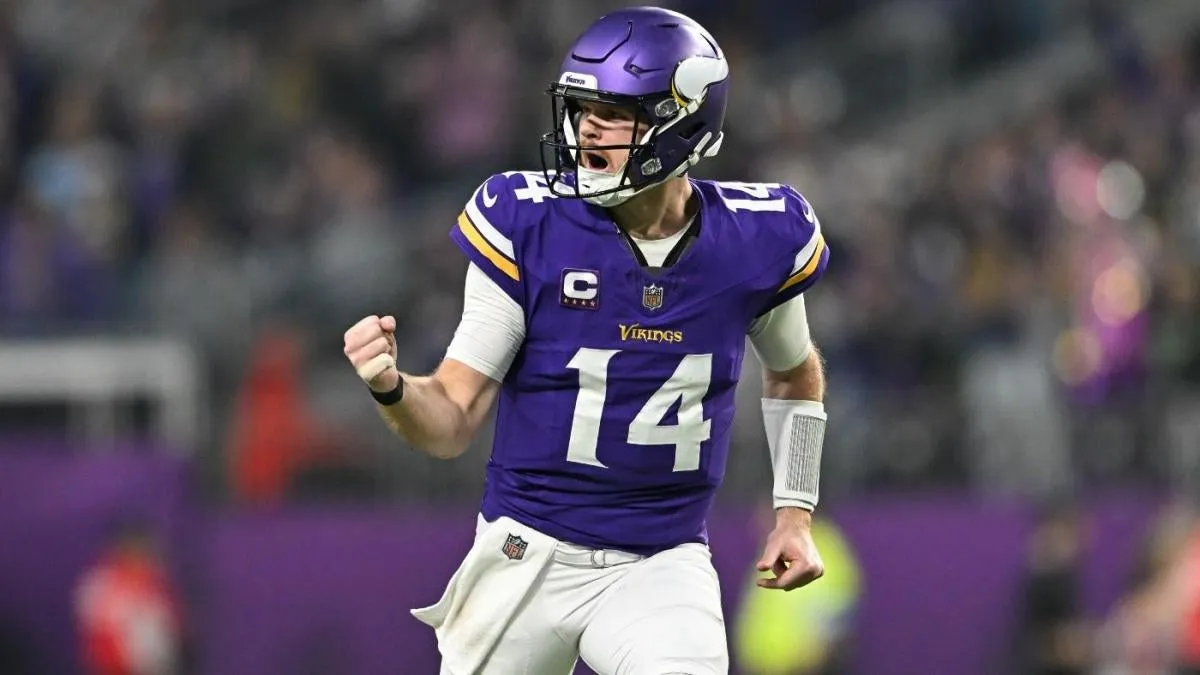
The franchise tag deadline for the 2025 NFL season has come and gone, revealing a remarkably low number of players tagged. Only two players received the franchise tag this year, a stark contrast to the previous season where nine players were designated with either the franchise or transition tag. With the rising NFL salary cap, the dynamics around player contracts are shifting, yet this deadline showcased an unusual lack of activity across the league.
Over the last two years, a total of 17 players had received franchise or transition tags prior to the deadline, making this year's inactivity particularly puzzling. In fact, this year's count marks the fewest players tagged since the franchise tag was introduced in 1994, the year following its inception primarily aimed at quarterbacks. The only two players tagged this year were Tee Higgins, a wide receiver for the Cincinnati Bengals, and Trey Smith, a right guard for the Kansas City Chiefs.
For the second consecutive year, the Cincinnati Bengals have placed the franchise tag on Tee Higgins. Although the Bengals were unable to finalize a long-term deal, this tag enables Higgins to secure a substantial pay increase. His salary will rise from $21.8 million to $26.2 million in 2025, positioning him among the top ten wide receivers in the league. This financial boost also allows Higgins additional time to negotiate a long-term deal with the Bengals, potentially increasing his future earnings even further.
The Bengals find themselves at a disadvantage as they continue to postpone long-term contracts for their star players. By tagging Higgins again, they miss the opportunity to negotiate a more cost-effective deal, leading to a higher salary due to market inflation. With Ja'Marr Chase likely to become the highest-paid receiver in NFL history, the Bengals' strategy of waiting until the last minute could cost them significantly in the long run.
The Kansas City Chiefs made a strategic move by tagging Trey Smith, thereby keeping him off the free agent market and making him the highest-paid guard in the NFL. His salary jumped from $3.4 million last season to $23.4 million this year due to the franchise tag. This significant pay increase not only sets a new standard for guards but also gives the Chiefs more time to negotiate a long-term deal with Smith.
The New England Patriots faced a setback with Higgins being tagged, as they had hoped to secure a top-tier wide receiver this offseason. With the most cap space available in the NFL at $127.7 million, the Patriots find their options dwindling. While other receivers like Stefon Diggs and Amari Cooper are available, none match Higgins' caliber. The Patriots may need to pivot towards trading for a No. 1 receiver to bolster their roster.
In a refreshing change of pace, the Dallas Cowboys quickly signed Osa Odighizuwa to a four-year, $80 million deal just hours before the franchise tag deadline. This deal, which includes $58 million guaranteed, deviates from the Cowboys' historical tendency to wait until the market is set to make signings. This proactive approach could pave the way for a more balanced roster moving forward.
The Minnesota Vikings' decision not to franchise tag Sam Darnold positions him as the top quarterback available in free agency. While a franchise tag would have guaranteed him $40.2 million, Darnold is now free to negotiate a multi-year deal potentially worth more. Coming off a career year with impressive stats, Darnold's market value is expected to exceed $40 million annually.
The Vikings' strategy of not tagging Darnold reflects their wise management of resources. With $62.9 million in cap space, they can either pursue a short-term extension with Darnold or seek a veteran quarterback to compete with their rookie, J.J. McCarthy. By avoiding the franchise tag, the Vikings maintain flexibility to strengthen their roster.
This year's franchise tag deadline was notably quiet, resulting in the fewest players tagged since 1994. With only Higgins and Smith receiving the tag, the trend deviates sharply from the previous years where multiple players were tagged annually. This significant drop can be attributed to a less compelling free agent class and the increasing costs of player contracts. Teams that typically utilize the franchise tag are often in financial disarray or rebuilding phases, limiting their ability to tag players.
As the NFL moves forward, the lack of activity at this year's franchise tag deadline raises questions about the future of contract negotiations and the evolving landscape of player salaries. The upcoming offseason will be crucial for teams looking to secure their star players and navigate the complexities of the salary cap.